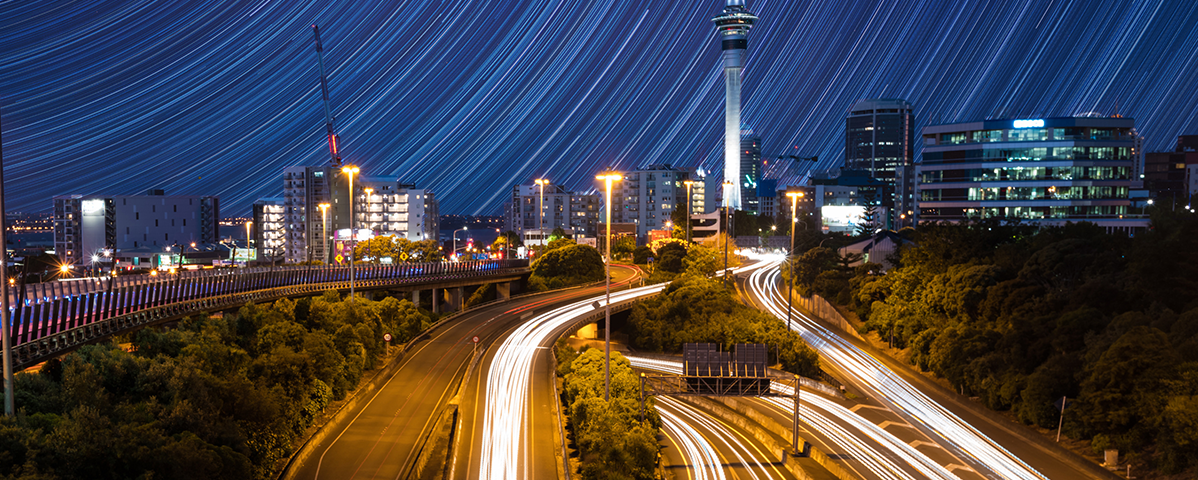
Resurgence Support Payments - Part II
The announcement of an increase in Covid alert levels for at least 7 days means that another round of Resurgence Support Payment (RSP) will become available next week.
Claims for the past level increase (the week beginning February the 15th) can be made until the 22nd of March via Inland Revenue’s MyIR platform. Tax agents can file on behalf of clients.
Applications for the most recent alert level increase will not be able to be made until either the 8th or the 9th of March. An announcement will be made closer to the time.
Not only for Auckland businesses
A key point to reiterate is that the RSP is not just for Auckland based businesses. Auckland is clearly bearing the brunt of the alert levels with Level 3 lockdowns; however, Auckland being locked down is having a significant knock-on impact on businesses across New Zealand due to drops in domestic tourism and supply chain issues. Further, the Level 2 restrictions and fear of Covid-19 are also clearly having an impact around the rest of the country.
Any business or organisation that can demonstrate at least a 30% drop in revenue over a 7-day period at the raised alert level compared with a typical 7-day revenue period in the 6 weeks prior to the increase from alert level 1 will be eligible (if they meet all the other criteria).
Reminder of the RSP basics
Repeating some of the key information from our blog last week:
Eligibility criteria
To be eligible for the RSP, a business or organisation must have experienced at least a 30% drop in revenue or capital-raising ability over a 7-day period from the start of the increased alert level (i.e the 15th of February in this case).
The 7 days must be continuous and within the increased alert level period. The revenue drop is determined under normal accounting principles. The period the 7 days is compared against is another 7-day period that starts and ends no more than 6 weeks before the start of the increased alert levels. The drop needs to be observed, not a forecast drop.
The applicant must have been in business for at least 6 months and be considered to be viable.
For determining income, passive income (interest, dividends and rent) are excluded.
For full detail on the eligibility criteria refer to this Inland Revenue page.
Inland Revenue notes that businesses who apply for the RSP should keep a copy of the calculation in case Inland Revenue later request it.
Amount of the RSP
The amount of the RSP is dependent on the number of employees as the RSP is calculated as $1,500 plus $400 per full-time equivalent (“FTE”) (up to 50 FTE). Therefore, maximum payment is $21,500.
Sole traders can receive a payment of up to $1,900.
For the purposes of calculating the FTE:
– Employees working up to 20 hours per week are considered part-time and 0.6 FTE.
– Employees working 20 hours or more per week are considered fulltime and 1.0 FTE.
Businesses with low revenue will have their payment capped at four times (4x) the amount their revenue has dropped over the 7-day period. For example, if the business has 3 FTE employees, they would be entitled to $2,700. However, if their revenue drop was only $500, the RSP payment would be limited to $2,000.